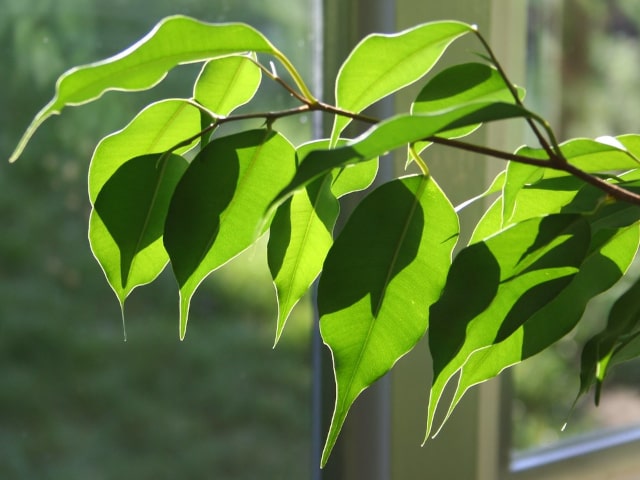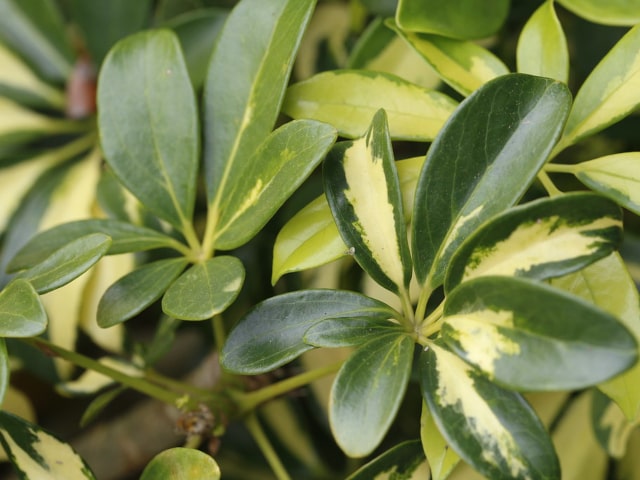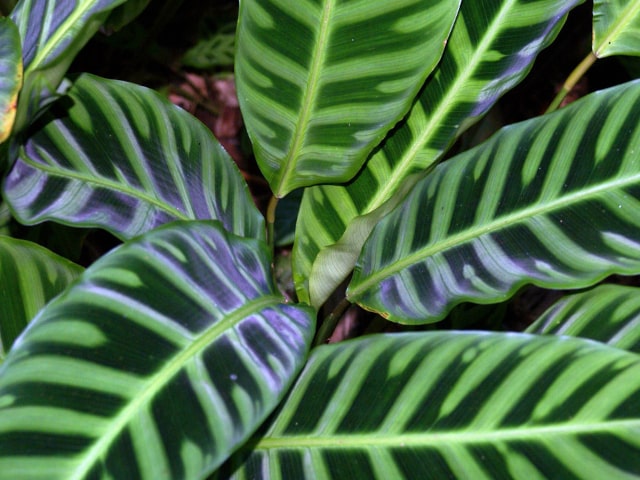
Swedish Ivy is a beautiful plant typically grown for its foliage. It generally does well indoors as a potted plant, and a good thing about it is that it doesn't require much care. Swedish Ivy (Plectranthus australis) produces thick stems that cascade, which makes this plant ideal for hanging baskets. If you choose to grow it in a garden outdoors, Swedish Ivy can be used as a carpet plant beneath the trees.
Swedish Ivy, also known as Creeping Charlie, is a plant famous for its foliage. It has rounded leaves with scalloped edges, and some varieties have variegated leaves. Swedish Ivy blooms in the late spring or the early summer. The flowers are white or pale lavender in color. This plant typically grows about a few feet in height, as its foliage drops. Typically, Swedish Ivy lives from 3 to 5 years.
There are many different varieties of Swedish Ivy houseplant that you can grow in your home. In general, the plant has solid green leaves, but different varieties display differences. For example, Veriegata cultivar is known for its beautiful white markings around the edges of the leaves. Other cultivars have silvery foliage, while some are grown for their oregano-like flavor and scent.
Swedish Ivy General Care
A great thing about Swedish Ivy houseplant is that it's not demanding. It doesn't require much care or maintenance, so it's ideal for beginner gardeners or those who don't have much time to dedicate to their houseplants.
This is a plant ideal for hanging baskets, and very easy to maintain. It can do well in the average home conditions: room temperatures and average humidity present in most homes are great for Swedish Ivy and it can thrive under these conditions.
That being said, you can grow your Swedish Ivy outdoors, if you live in a warm area. Also, you can move your potted Swedish Ivy plant outdoors during the summer months. It is a good choice for balconies and patios. In general, Swedish Ivy can be grown outdoors during the warm period of the year and then moved indoors during the fall and winter.
This is a plant that does well with pruning. It will not damage your Swedish Ivy houseplant, so you can prune it any time without causing much damage to the plant itself. Pruning is beneficial because it will encourage your Swedish Ivy to grow new branches and look richer.
It is not difficult to care for a Swedish Ivy houseplant. All you need to do is provide some basic care for it, and it will be happy. In fact, it is an ideal plant for new gardeners.
Swedish Ivy Care Main Requirements
Swedish Ivy houseplant is not demanding, but you need to provide some basic growing requirements to make it thrive.
Generally speaking, it will do great in moderate and indirect light. These conditions should be maintained throughout the year. This is not a plant that can do well in strong or direct light, because it can lead to sunburn. Observe your Swedish Ivy carefully to notice any changes. If you see that the leaves are beginning to droop, it might be due to too much light or too strong light. If this happens, consider moving your Swedish Ivy to a place where it can be shielded from strong light.
Watering regime should be consistent, but you need to make sure that your Swedish Ivy never gets waterlogged. Make sure that the soil is kept at least slightly moist at all times, but not too soggy. It is particularly important to keep the soil moist during the growing season, between the early spring and early fall. In the winter, reduce watering and allow your Swedish Ivy to rest.
When it comes to soil, Swedish Ivy houseplant is not particularly choosy. It will do great in a potting mix that contains a high percentage of peat moss. However, you can also use any quality potting soil with great results.
Swedish Ivy will do great in average room temperatures. Temperatures in a typical home are suitable for this plant, so there is generally nothing specific that you need to do. Ideally, this plant should be kept on temperatures between 60 and 75 degrees F. If you take your plants outside when the weather is warm, remember to move your Swedish Ivy indoors when it gets too cold. Keep in mind that freezing temperatures can easily kill your Swedish Ivy houseplant. The same goes for frost - it can kill your plant in no time. Make sure to react quickly when temperatures get too low and bring your Swedish Ivy inside.
You should fertilize your Swedish Ivy houseplant during the growing season. Fertilize every few weeks, ideally using a balanced fertilizer such as 20-20-20. Make sure to stop fertilizing during the winter because you need to make your plant rest for a while. Observe your plant carefully to see how it is doing. If you notice that the leaves are getting a bit dull or droopy, you can increase the amount of fertilizer your give to your Swedish Ivy. However, make sure not to use a fertilizer with too much nitrogen, because it can prevent your Swedish Ivy from blooming. If this happens, make sure to switch to a fertilizer that has a low nitrogen content in the next growing season. This should encourage your Swedish Ivy houseplant to bloom without issues.
Additional Tips
In general, Swedish Ivy plants grow best in hanging baskets, but you can easily keep them in containers. You can repot your plant once per year, because this is when the soil will become exhausted. Another reason for repotting is if your Swedish Ivy loses its vigor and starts to wilt.
You can propagate your Swedish Ivy houseplant relatively easily. It can be done most effectively with tip cuttings. You can take these cuttings in the summer, after the plant is done blooming. Once the flowers are spent, simply pinch back stem tips and root them in the damp potting soil. This will result in new Swedish Ivy plants. Another method of propagation is through division. However, it is much easier to propagate Swedish Ivy through cuttings, so this method is recommended for home gardeners.
Keep in mind that Swedish Ivy is generally a healthy plant without major diseases and pests, but it is susceptible to some issues. First and foremost, those are mealybugs, which are the most common pests attaching Swedish Ivy. You will recognize them as a white material on the stems and leaves of your plant. If you notice this problem, make sure to remove mealybugs with a cotton swab. You can also treat your Swedish Ivy houseplant with an organic insecticide. Another pest attacking Swedish Ivy are spider mites. You will recognize their presence if the plant develops pale leaves and webby material on the underside of the leaves. Again, it is important to react quickly and get rid of these pests before the infestation becomes difficult to treat.
Photo credit: UGA CAES/Extension




0 Comments